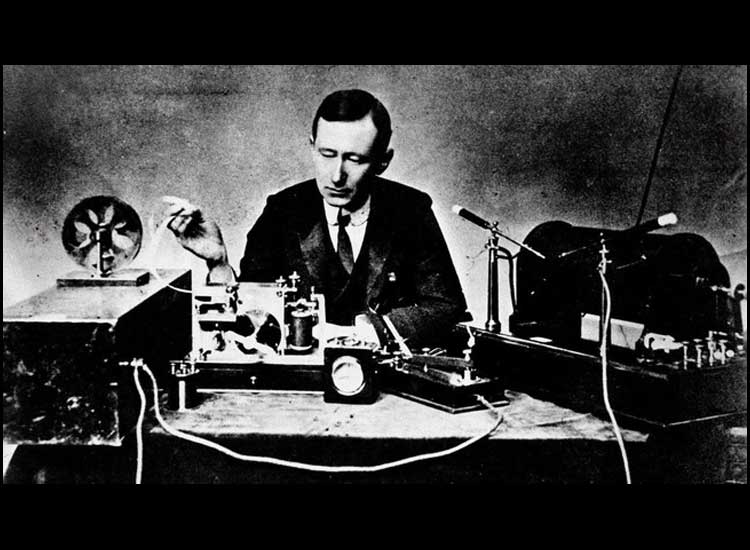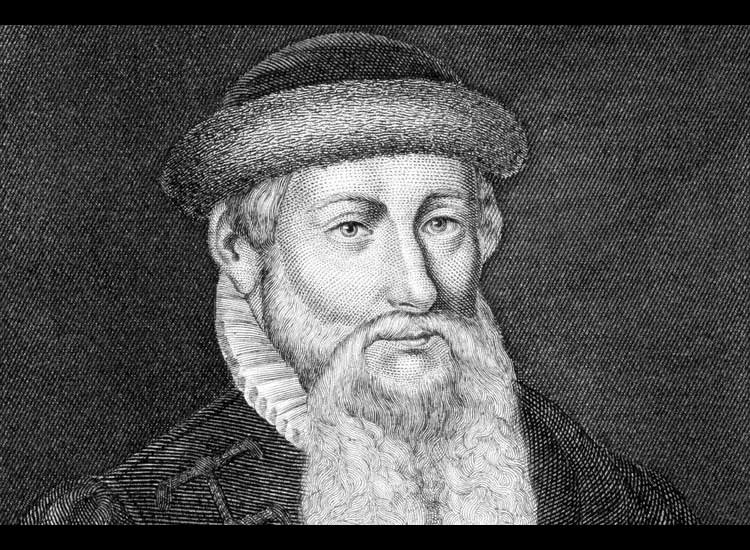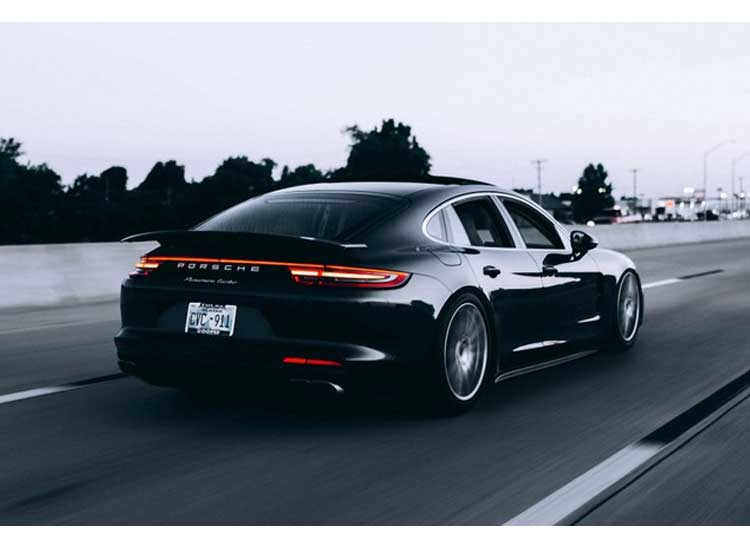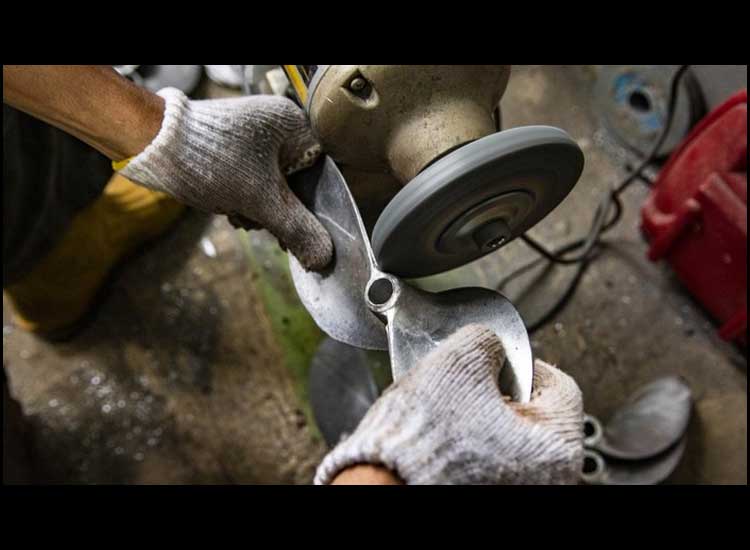Who Invented Radio? These are the characters and their development history – Radio is a medium that functions to convey messages to the wider community. Since ancient times, radio has been used to convey information and also entertainment such as music .
There are several types of radio , namely Amplitude Modulation (AM) radio, Frequency Modulation (FM), satellite radio, internet radio, two-way radio and digital radio. Maybe you are wondering, who invented radio?
To answer this, see the following review of the inventor of radio and the history of its development.
Who Invented Radio?
The inventor of radio was Guglielmo Marconi, an Italian physicist. He became the inventor of the wireless telegraph or radio.
Quoting Britannica , Guglielmo Marconi was born in Bologna, Italy on April 25 1874. He received his first education in Bologna and then to Florence.
At Leghorn, Marconi studied physics and had the opportunity to investigate electromagnetic wave engineering. Then he followed the mathematical work of James Clerk Maxwell and then the experiments of Heinrich Hertz, who was the first to produce and transmit radio waves.
He also learned from Sir Oliver Lodge who conducted research on lightning and electricity. The man of Italian and Irish descent began experimenting on his father’s plantation near Bologna, in 1894.
The experiments used relatively crude equipment such as an induction coil to increase the voltage with a spark discharge controlled by a Morse key at the sending end and a simple coherer designed to detect radio waves at the receiver.
After experiments over short distances, he increased the signaling range by using a vertical antenna of a metal plate or cylinder at the top of a pole connected to a similar plate on the ground.
The signal was increased to 2.4 km or 1.5 miles. During this period he also carried out simple experiments with reflectors in the air to concentrate the electrical energy emitted by the rays instead of scattering it in all directions.
There was not much support for Marconi at that time so he went to London in 1896 and was assisted by Sir William Preece, chief engineer at the post office.
History of the Development of Experimental Radio
Marconi proposed his first experiments in England in June 1896. During that and the following year, he gave a series of successful demonstrations using hot air balloons and kites to gain height on his antenna.
His efforts were able to send signals over distances of up to 6.4 km or 4 miles on Salisbury Plain and almost 14.5 km or 9 miles across the Bristol Channel.
His experiments attracted considerable public attention in England and abroad. June 1897, Marconi went to La Spezia, where a land station was established and communications were established with Italian warships at a distance of 19 km or 11.8 miles.
However, there is still a lot of skepticism regarding this research. Finally, Marconi was assisted by his cousin, Jameson Davis, an engineer.
Davis financed the patent and helped form the Wireless Telegraph and Signal Company, Ltd which was renamed Marconi’s Wireless Telegraph Company, Ltd in 1900.
During the first years the company’s efforts were devoted to demonstrating the possibilities of radiotelegraphy. In 1899 when a wireless station was established in the South Foreland, England, to communicate with Wimereux in France over a distance of 50 km or 31 miles.
Still in 1899, British warships exchanged messages at a distance of 121 km or 75 miles. September 1899, Marconi equipped two American boats to report the progress of the yacht race for the America’s Cup to newspapers in New York City.
The success of the demonstration caused a stir throughout the world and led to the formation of the American Marconi Company.
The following year the Marconi International Maritime Communications Company, Ltd. was founded with the aim of installing and operating services between ships and land stations.
Marconi filed a patent in 1900 known as No. 7777 for Repair of Wireless Telegraphy Equipment. Patent, based in part on earlier work in wireless telegraphy by Sir Oliver Lodge.
This allows multiple stations to operate at different wavelengths without interference.
However, in 1943, the US Supreme Court invalidated patent No. 7777 which shows that Lodge, Nikola Tesla, and John Stone apparently had priority in the development of radio tuning devices.
December 1901, Marconi received St Newfoundland, a signal transmitted across the Atlantic Ocean from Poldhu in Cornwall, England. This achievement created an extraordinary sensation in the world.
During a voyage on the US ship Philadelphia in 1902, Marconi received messages from a distance of 1,125 km (700 mi) during the day and 3,200 km (2,000 mi) at night.
Marconi was the first to discover that some radio waves travel by reflection from the upper atmosphere.
In 1902 Marconi also patented a magnetic detector in which the magnetization of a moving ribbon of iron wire was changed by the arrival of a signal that caused a clicking sound in the telephone receiver connected to it.
Over the next three years, Marconi also developed and patented a horizontal directional antenna.
In 1910 he received a message in Buenos Aires from Clifden in Ireland at a distance of about 9,650 km (6,000 miles), using a wavelength of about 8,000 meters (5 miles).
Two years later, Marconi introduced further innovations that improved transmission and reception so that important long-distance stations could be built.
This increase in efficiency allowed Marconi to send the first radio message from England to Australia in September 1918.
During World War I in 1916, he saw the advantage of shorter wavelengths allowing the use of reflectors in the air thereby minimizing the interception of transmitted signals by the enemy and also effecting an increase in signal strength.
After tests in Italy, 20 years after experiments with reflectors, Marconi continued his work in Great Britain and a wavelength of 15 meters or 49 feet received signals at a distance of 30-160 km (20-100 miles).
In 1923, experiments continued aboard the specially equipped steam yacht Elettra. From a 1 kilowatt transmitter in Poldhu, Cornwall, signals were received at a distance of 2250 km or 1400 miles.
The signal was much louder than the one from Caernarfon, Wales, at several hundred times greater in length and 100 times the power at the transmitter.
In 1924 Marconi’s company obtained a contract from the post office to establish shortwave communications between England and the British Commonwealth countries.
In 1932, using very short wavelengths, Marconi installed a radio telephone system between Vatican City and the papal palace at Castel Gandolfo.
In later work Marconi again demonstrated that even radio waves as short as 55 cm (22 inches) were not limited in their reach to the horizon or the optical distance between transmitter and receiver.
Marconi was awarded the Nobel Prize in Physics for the development of wireless telegraphy, sent as a plenipotentiary delegate to the peace conference in Paris (1919).
He signed peace treaties with Austria and Bulgaria, was made marchese and nominated to the Italian senate (1929) and was elected President of the Royal Italian Academy (1930).
Rekomendasi Link Alternatif :
- Prediksi Togel hk
- Situs togel resmi
- Casino online
- Casino online
- Okewla
- Okewla
- Okewla
- Bandar togel online
- Bo togel
- Situs Slot online
- Togel casino
- Situs slot online
- Situs slot online
- Okewla
- Okewla
- Okewla
- Okewla
- Bo togel
- Togel casino
- Togel casino
- Scatter Pink
- Togel casino
- Okewla
- Okewla
- Okewla
- Okewla
- Agen togel
- Okewla
- Okewla
- Okewla
- Okewla
- Okewla
- Okewla
- Okewla
- Okewla
- Okewla
- Okewla
- Okewla
- Okewla
- Okewla
- Okewla
- Okewla
- Okewla
- Okewla
- Okewla
- Okewla
- Okewla
- Okewla
- Okewla





